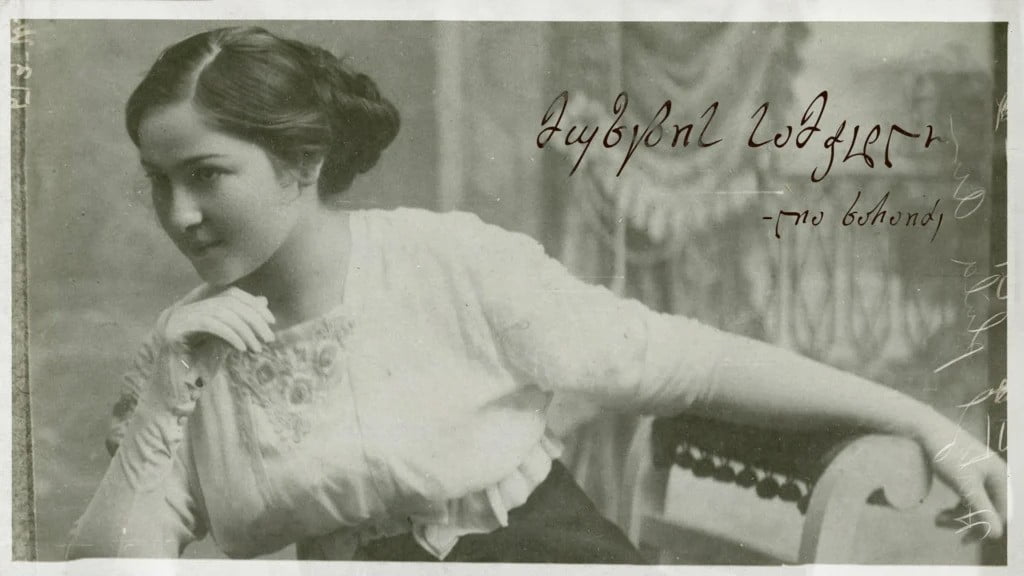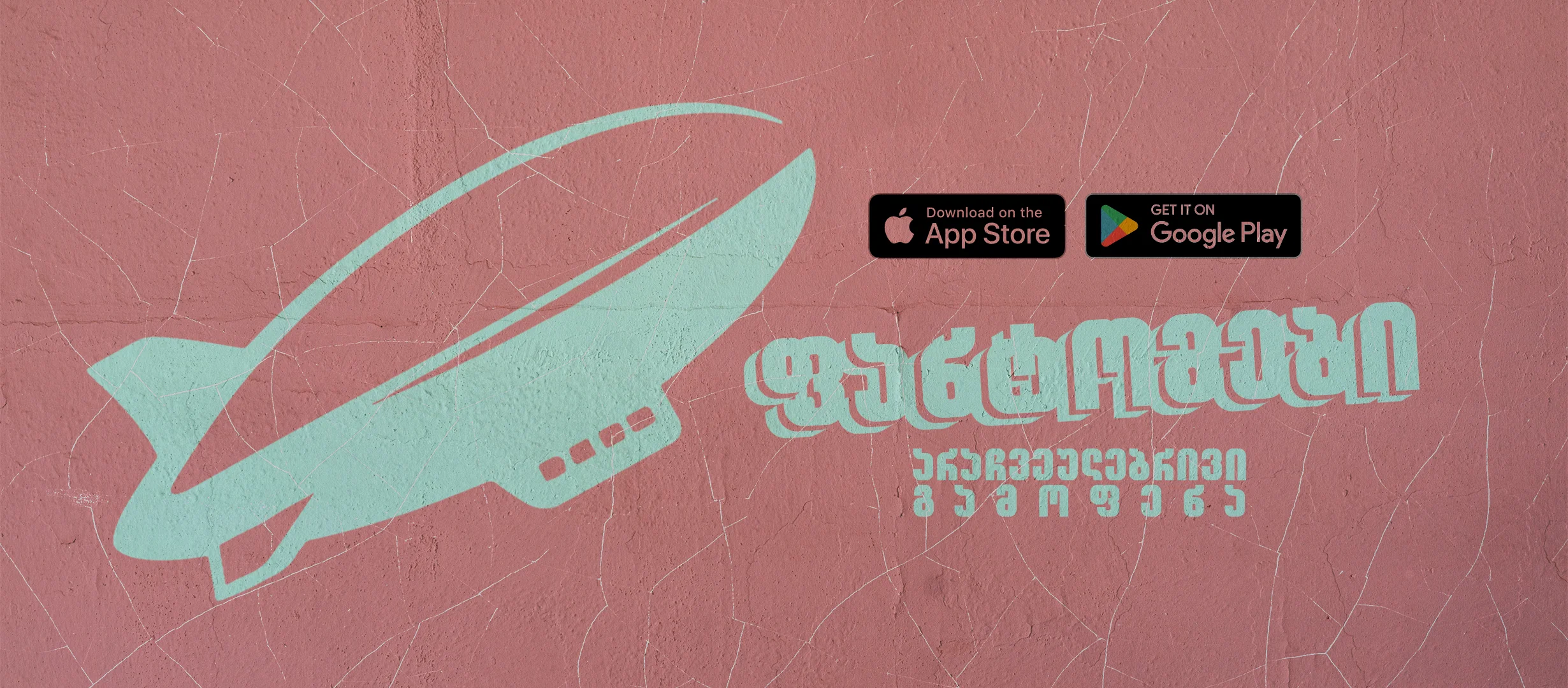The Central Park of Kutaisi, a shady avenue, is graced by the splendid shade of flowering and deciduous trees on both sides. Georgians, adorned in a variety of clothing, sit on the green grass, surrounded by the melodious sounds of music and zurnas, amidst the enchanting embrace of nature… – this is how contemporaries describe the Kutaisi Boulevard of the past century.
At the beginning of the 20th century, Kutaisi Boulevard was indeed an exceptional place. The boulevard’s history is often linked to the names of Russian rulers of Kutaisi, but the history of the garden is much older. The area known as the “City Garden” belonged to the royal court. Darejani, the daughter of Imeretian King Solomon I, undertook great care for the garden’s maintenance. A royal palace church stood in the garden. Solomon II attended morning services there every day at 7-8 o’clock, followed by a coffee in the garden. After the dissolution of the Imeretian kingdom, the garden became a socio-political center, and from that time, it received the French name “boulevard” (a broad-leaved avenue in French; a French gardener was also invited to beautify the garden). The boulevard was a favorite meeting place for the residents of Kutaisi. As the great poet Akaki Tsereteli said, “The boulevard was like a parliament,” often becoming the scene of skirmishes and battles. Still, it also remembers days of joy and public celebration. This includes the year 1908 when Kutaisi grandly celebrated the anniversary of the people’s shepherd Akaki in the city garden. Below, we will return to the anniversary of Akaki.
Near the boulevard was the gymnasium of noble women named after Saint Nino (now Public School #3). Mariam Espeho, the wife of the governor of Kutaisi, founded the school. Even though Kutaisi’s economic situation was very difficult due to wars and epidemics, and the population had significantly reduced, it still retained the status of the central city of Western Georgia and rivaled Tbilisi in terms of cultural activity. This is evidenced by the existence of the Women’s Affairs Office in Kutaisi. The school’s transformation into a gymnasium happened by the decision of the chairman of this office, Pelageya Tsereteli.
The fact that two out of the five female members of the founding assembly were graduates of the Kutaisi Gymnasium is well-known, and we will not dwell on that here.
The promenade of beautiful girls’ gymnasium graduates along the boulevard was a significant event. “Old Kutaisi, Boulevard, Akaki Tsereteli, Grigol Abashidze, nobles and commoners, beautiful girls from the Saint Nino Gymnasium, who are just beginning to fall in love, come alive before our eyes” (Young Iverian – Avtandil and Tariel Vartagava; 1991) Many of them became muses to writers. It was no coincidence that during Akaki’s famous journey to Racha-Lechkhumi, the “muses” were from Saint Nino’s Gymnasium. “A true public celebration” — that’s how contemporaries assessed this famous journey. The poet was greeted by beautiful girls dressed in white garments, who became the white muses of Akaki. The poet once quipped humorously, ‘I am so fortunate that in my old age, I am surrounded by beautiful muses, whereas in my youth, I was only circled by flies.’
Who were these white muses of Akaki? They were all Kutaisi Women’s Gymnasium students: Elena Giorgobiani, Tamar Gelovani, and Nadia Chikvaidze.”Clad in pristine white dresses, these girls, encircling the elderly Olympian, truly resembled angels descended from the brush of a master painter. Emerging like streams of water or white swans adorned in white, these three exquisite young women appeared with bouquets in hand.”
Akaki referred to her as a ‘divinity.’ Grigol Robakidze dedicated several lines to her. Elena Giorgobiani, radiant in both spirit and body, seemed oblivious to the admiring onlookers around her. On January 12, 1913, a charitable event was organized in Kutaisi to benefit students. The esteemed guests were Akaki and his son Alex, Vano Saradzhishvi, and opera singers. Akaki passed her a message, saying, “You are the ‘muse’ of my journey. Please meet with me.” Even after several years, the old poet still remembered his muse.
‘The postcards of the fjords’ daughter!’ These lines are by Grigol Robakidze: ‘I am far away; I don’t know the day or night of my coming into this world; all I can recall is that at the moment of my birth, a star broke off in the blue sky and vanished; I don’t know who she was: perhaps it was you, whom I eternally seek… Reborn in a ray of sunshine, I am searching for you, for you alone are beautiful. Even now, as a thousand years ago, I await you. The night recedes, the day yet to open its eyes… But when shall I see the sunrise with you, my flower? When shall I sculpt your silhouette in the sun’s waves, my beautiful one? – Grigol Robakidze; Thursday; Night.’
A frequent visitor to Lena and Lado Japaridze’s home was Grigol Robakidze’s sister, who recited to Elena this poem penned by Grigol, thereby preserving this magnificent poetic creation for posterity.
Shadow
The night is restless; darkness stirs,
The field breathes heavily, the sky ablaze,
Wow, wow, you,
Who has stolen you from me? Who has taken you away?
I sit by the fire, slowly melting away,
The flames transform into thoughts.
With you gone, everything has vanished,
Only your shadow looms over me. (literal translation)
Among the three muses, Tamar Gelovani was the beloved mother of the renowned Georgian actor Givi Gegechkori. She was a wonderful woman and a vibrant participant in the city’s cultural life. One notable example of Tamar’s involvement was her active contribution to a group initiative. With Tamar’s significant participation, this group prepared a special gift for the esteemed Kartvelologists Oliver and Marjorie Warthrop as a token of the Georgian people’s gratitude for their efforts. For Oliver Warthrop’s daughter, Nino, they gathered funds on January 14th, on St. Nino’s Day ( Ninooba), to present a precious gift – a golden cross of George XII adorned with a necklace. (Lela Dzhikashvili)
Issia Nazarishvili, an actress and the daughter of the renowned doctor Dimitri Nazarishvili, was an inseparable companion to Kutaisi’s young women and beauties. Dimitri was known as “a person who cannot stick to one profession,” according to his contemporaries. Dimitri Nazarishvili had five children who left a significant impact on the social life of Kutaisi. It is noteworthy that Dimitri’s heirs donated their house to the city. “The Nazarishvili’s House” became an important cultural center in Kutaisi during the latter part of the 20th century. Muse of Paolo. Grigol Robakidze wrote a lyrical essay dedicated to Lena Giorgobiani on a Thursday evening. Paolo composed his poem on a Sunday afternoon when he was visited by a muse in the form of Issia Nazarishvili. (Avtandil Vartagawa, Tariel Vartagawa; “Young Iverian” 1992). Tician Tabidze also harbored feelings for Issia:
“I remember these ten years, engulfed in flames,
The first love that shattered my heart,
The hurricane of life rustling through your hair,
Both of us were left in boundless sorrow. (literal translation)
Such was Kutaisi Boulevard, where beauties strolled, and authors penned exquisite verses, dedicating them to the muses of this enchanting, age-old, and vibrantly colorful city.
Used literature:
Mikhail Gonikishvili, “Imereti at the Turn of the 18th-19th Centuries.”
Avtandil and Tariel Vartagov, “Young Iverian,” July 2, 1991.
Lado Japaridze, “With Akiki in Racha-Lechkhumi.”


